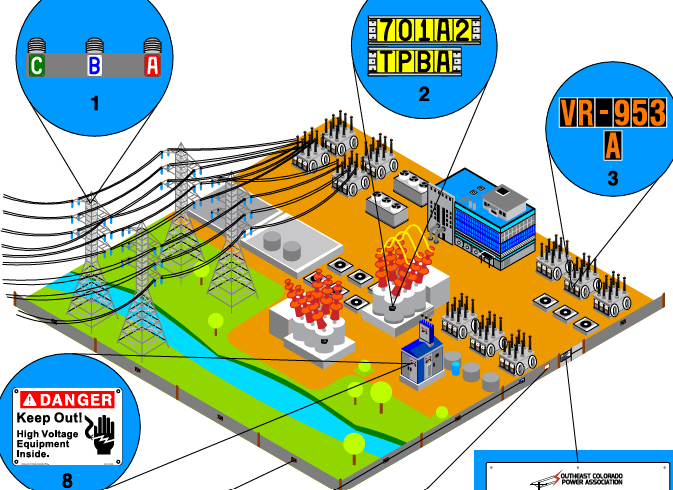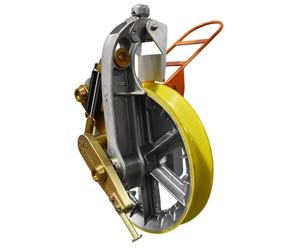Liner Power Transformer Application
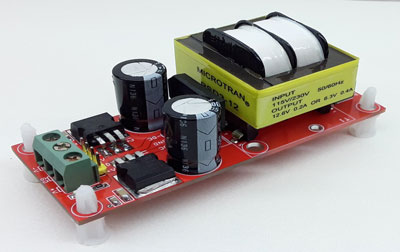
Power Quality Analysis Training
Our customized live online or in‑person group training can be delivered to your staff at your location.
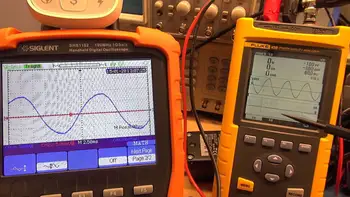
- Live Online
- 12 hours Instructor-led
- Group Training Available
Download Our OSHA 4475 Fact Sheet – Being Aware of Arc Flash Hazards
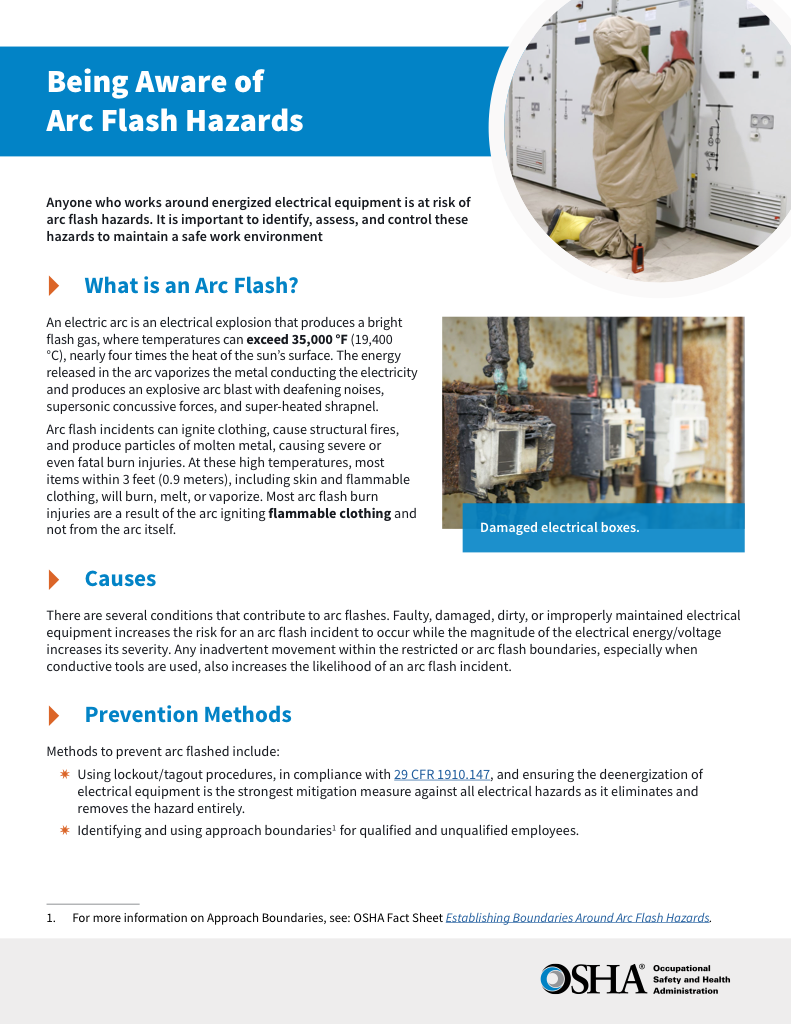
- Identify root causes of arc flash incidents and contributing conditions
- Apply prevention strategies including LOTO, PPE, and testing protocols
- Understand OSHA requirements for training and equipment maintenance
A liner power transformer ensures stable voltage regulation and efficient energy distribution in electrical networks. Designed for reliability, insulation, and compact performance, it supports industrial systems, substations, and renewable power applications with safe, long-term operation.
What is a Liner Power Transformer?
A liner power transformer is an electrical device used to step up or step down voltage while ensuring insulation, energy efficiency, and reliable distribution in electrical systems.
✅ Provides stable voltage regulation in electrical networks
✅ Ensures safe insulation and efficient energy transfer
✅ Supports industrial, utility, and renewable applications
Electrical Transformer Maintenance Training
Substation Maintenance Training
Request a Free Training Quotation
A liner power transformer plays a crucial role in ensuring stable and precise voltage conversion, making it indispensable for various electrical systems and applications. For industrial electricians, understanding the functionality and significance of these transformers is crucial to maintaining efficient electricity distribution, protecting equipment, and addressing the unique challenges of voltage regulation. This article explores the principles, applications, and critical aspects of voltage regulators, equipping readers with the knowledge to optimize system reliability and effectively address complex electrical demands. A liner power transformer plays an important role in overall power quality, ensuring voltage stability and minimizing disturbances across electrical systems.
A voltage regulator is fundamental to traditional electricity conversion systems, bridging the gap between high-voltage AC power and the precise DC output required for various applications. Operating on the principles of electromagnetic induction, it steps down or up the input voltage to a level suitable for the connected load. This process ensures that sensitive devices, such as control circuits and test equipment, receive stable and regulated electricity, which is essential for their optimal performance. When analyzing transformer efficiency, understanding apparent power is essential, since it represents the relationship between real power and reactive components in the circuit. Engineers often rely on an apparent power calculator to precisely size transformers and ensure that loads are matched to distribution capabilities.
Test Your Knowledge About Power Quality!
Think you know Power Quality? Take our quick, interactive quiz and test your knowledge in minutes.
- Instantly see your results and score
- Identify strengths and areas for improvement
- Challenge yourself on real-world electrical topics
Frequently Asked Questions
What is a liner power transformer, and how does it work?
At the core of the voltage regulator lies its ability to convert AC voltage into usable DC output through a combination of components. The transformer itself reduces or increases the voltage to the desired level. This output is then rectified using a bridge rectifier, which converts the AC signal into a pulsating DC signal. A filtering stage smoothens the signal, and linear regulators refine it further to deliver a consistent DC voltage. This sequential process ensures high efficiency and reliability, making electricity supplies a preferred choice for precision applications. Proper electrical grounding works hand in hand with liner power transformers to protect equipment, stabilize voltage, and provide a safe fault current path.
What are the primary applications of voltage regulators?
Voltage regulators are integral to a wide range of devices and systems. They are commonly found in test equipment, audio amplifiers, and medical devices, where stable output voltage and minimal noise are critical. Their ability to handle various input voltage ranges and maintain strict line regulations ensures they meet the stringent demands of sensitive applications. Additionally, in environments requiring low electromagnetic interference, these transformers excel due to their low-frequency operation.
How do voltage regulators differ from switch-mode power supplies (SMPS)?
When comparing voltage regulators to switch-mode electrical supplies (SMPS), several key distinctions emerge. Liner transformers are bulkier and operate at lower frequencies, which contributes to their reliable and noise-free performance. In contrast, SMPS use high-frequency operation to achieve compact size and higher efficiency, but may introduce noise and complexity. For applications where consistent, clean power is paramount, liner systems remain the go-to solution despite their larger size. The impact of reactive loads, such as a capacitive load, must be carefully considered in systems supported by liner power transformers to maintain stability and efficiency. To evaluate the health of systems that depend on liner transformers, professionals often use a power quality analyzer to detect harmonics, voltage flicker, and grounding issues.
What factors should be considered when selecting a voltage regulator?
Choosing the right voltage regulator requires evaluating several key parameters. The output and voltage requirements of the application must align with the transformer's capabilities. The device's ability to handle variations in input voltage and provide stable line regulation is equally important. Additional considerations include thermal performance, size constraints, and durability, which collectively determine the suitability of a transformer for specific use cases.
What are the common causes of failure in voltage regulators?
Despite their robustness, voltage regulators can face issues such as overheating, insulation breakdown, or component wear. Prolonged exposure to high-frequency currents or overloading can exacerbate these failures. Routine maintenance, including checking for physical damage and verifying electrical performance, helps prevent unexpected downtimes and extend the transformer's service life.
A voltage regulator plays a crucial role in electrical systems by efficiently converting AC voltage into the appropriate levels needed for various applications. Known for their reliability and the ability to deliver stable, clean DC output when combined with rectifiers and regulators, these transformers are essential for sensitive equipment, industrial systems, and control circuits. By effectively managing voltage fluctuations and ensuring a consistent electricity supply, voltage regulators safeguard sensitive components and maintain system stability. Gaining a deeper understanding of their operation, uses, and maintenance is key to optimizing performance and ensuring the reliability of electrical systems.
Related Articles







